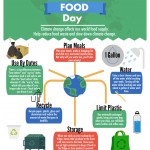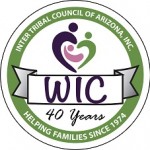October 2016
The Food and Agriculture Organization put out the following information regarding World Food Day 2016:
Climate is changing. Food and agriculture must too.
One of the biggest issues related to climate change is food supply and food security and with our population growing each day, this problem affects more and more people. Everyone has a role to play in lessening the effects of climate change. Countries need to invest in stallholder farmers and sustainably increase food production, but there are also a number of actions that you can take to help. By being a conscientious or ethical consumer and changing simple day-to-day decisions, for example, by wasting less food, or eating less meat, we can reduce our environmental footprint and make a difference.
For more information on World Food Day and how to do your part to reduce food loss and our carbon footprint, check out the following resources:
http://www.fao.org/world-food-day/2016/theme/en/
http://www.fao.org/world-food-day/2016/climate-actions/en/





